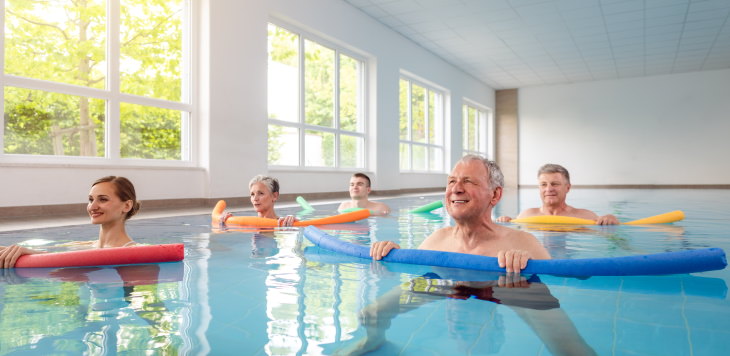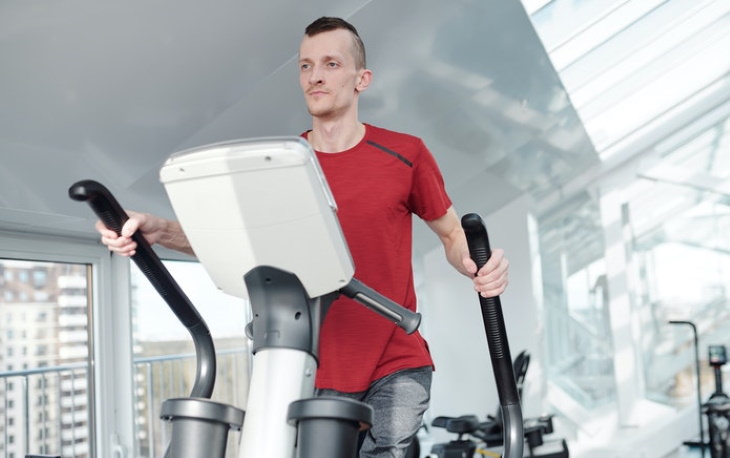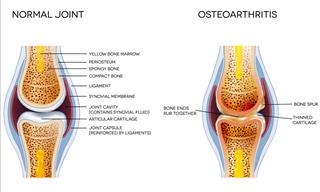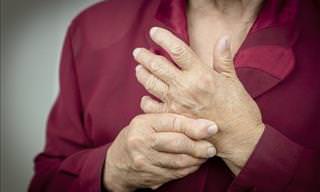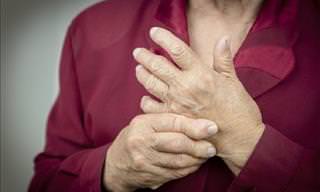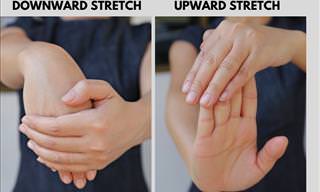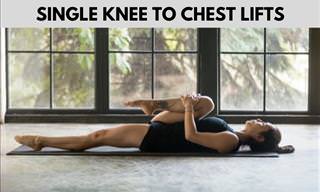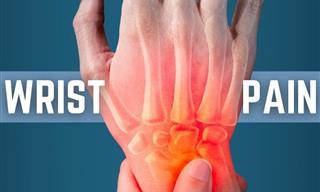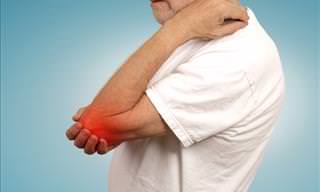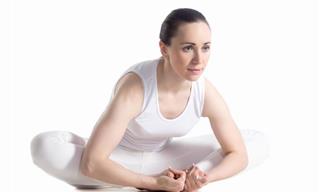Which Types of Exercise Are Best For Arthritis Sufferers?
The types of exercise you choose to begin with will depend on your personal preferences, the joints affected by arthritis, and your doctor’s recommendations. In an ideal scenario, one would mix and match between three types of exercises:
1. Strengthening exercises
These exercises boost muscle strength. Muscles support your joints and relieve a lot of the pressure from them, so training your muscles is key for maintaining healthy joints. Examples of strengthening exercises recommended by the Arthritis Foundation are:
Water Aerobics is a form of exercise that combines strengthening and aerobic exercises. The exercises are conducted in chest-deep water, which reduced the impact on the joints by ¾ compared to traditional aerobics exercises, so it’s super gentle on the joints.
Pilates is also an excellent combined exercise that involves muscle building and stretches. Just make sure to go to a class that specializes in joint or mobility issues.
2. Range-of-motion exercises
These exercises directly increase your flexibility and relieve stiffness in the affected joints. The Arthritis Foundation recommends the following range-of-motion exercises:
Yoga improves flexibility in the joints and offers stress relief. Gentle relaxation-focused yoga classes such as Iyengar yoga, yin yoga, or chair yoga are considered the best for arthritis patients. These classes will often offer modified poses that avoid straining your affected joints.
Tai chi gently improves your flexibility and balance while also reducing stress and arthritis pain. If you have balance issues or severe arthritis, consider doing tai chi seated or ask the instructor for other modifications.
The elliptical machine is great because your joints do fluid, circular moves while you’re exercising. Since the resistance and slope settings are all adjustable, you’ll be able to start slow without having to put extra strain on your joints.
3. Aerobic exercises
These exercises improve your general fitness, decrease inflammation in the joints, and help manage excess weight. Keeping any excess weight off is important because it keeps pressure off your joints. Consider any of these aerobic exercises if you have arthritis:
Walking is the easiest and cheapest exercise you can do to keep your symptoms in check. If walking outdoors is a bit too much for you, especially if you’ve undergone joint replacement surgery, walking in waist-deep water may be a better choice for you, as it lessens the impact on joints by 50%. Treadmill walking is also great because you have the handlebars for support and can adjust slope and speed to your preference. For those who do prefer walking outdoors, though, dirt trails are considered kinder on the joints than asphalt or concrete.
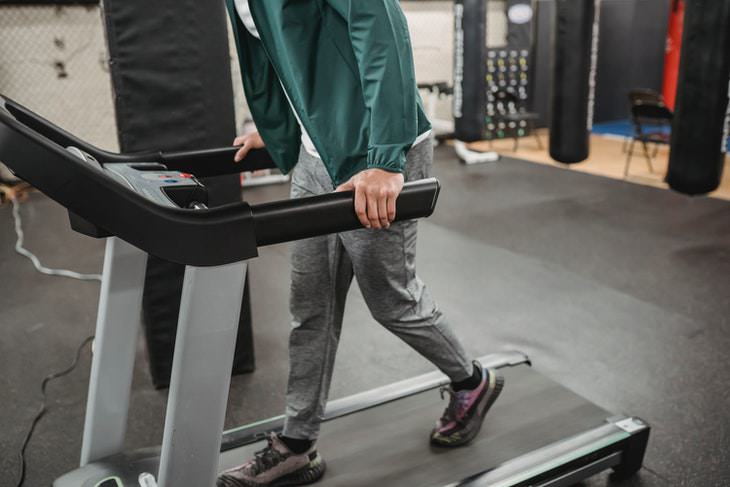
Swimming is a unique activity because it activates all the main muscle groups in the body and improves your endurance while being gentle on the joints. The existence of various swimming techniques also helps avoid aggravating specific joints.
Cycling is an excellent choice for those who wish to combine strengthening exercises with aerobic training. It’s best to start with a stationary bike with no slope whatsoever or cycling on a straight dirt road, and then increase the difficulty if you wish. Just make sure that the bike seat is fitted for your specific height - your leg should be able to turn the pedals while keeping a slight bend in the knee.

If doing various types of activities sounds too ambitious, you can choose any kind of exercise you enjoy doing or at least avoid inactivity by moving around the house and yard as much as you can. Any activity, be it vacuuming or walking the dog, counts to your daily mobility goal.
Related Article: 4 Simple Hand Exercises to Alleviate Arthritis Symptoms
How to Start Exercising
Exercise is recommended for the vast majority of people with arthritis. That said, there are restrictions for patients after joint replacement surgery or limitations for specific kinds of activities, so we recommend checking with your doctor before you begin any new exercise routine.
For most people, starting by doing some range-of-motion exercises and stretches is beneficial. Water exercises and walking are also a safe bet for many patients, just make sure to start with shorter 10-15 minute sessions to avoid the risk of overworking your joints. Here are a few other tips to consider:
1. Schedule exercises to the times when you experience the least inflammation and pain.
2. Apply heat pads or take a warm bath before exercising.
3. Warm-up right before your exercise session - a few circles with the shoulders, arms, and hips, or any other gentles stretches should do the trick.
4. Practice mindfulness - avoid forcing any movements or working through sharp pain. If an exercise causes pain, stop.
5. Use cold compresses after exercising.
6. Avoid stretching the affected joint during an arthritic flareup.
Related Article: Spinal Arthritis Pain - 5 Exercises That Reduce Backaches
How Often Should You Work Out?
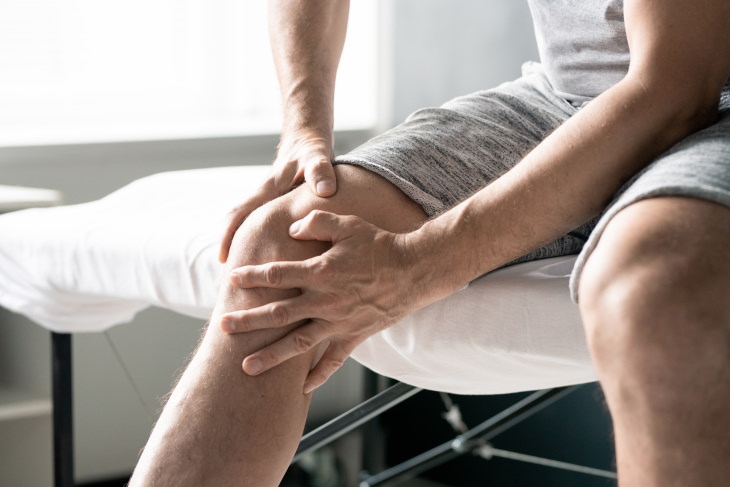
It all depends on the type of exercise you’re doing. Strengthening exercises are done at most every other day. There’s no benefit of doing them daily because your muscles need to rest in order to grow. Start with short sessions 3 times a week for a month, and if you’re feeling comfortable, add more reps weekly.
When it comes to range-of-motion exercises, they should be done daily or every other day. Lastly, aerobic exercises are best performed 3 times a week. Start with 10-15 minutes until you feel completely comfortable, and then add in 5 more minutes gradually until you reach 20-30 minutes.
According to the CDC, people with arthritis should aim for the Physical Activity Guidelines for Americans to experience substantial health benefits, which equals to 2 hours and 30 minutes of moderate-intensity aerobic activity (e.g. walking briskly, slow dancing, vacuuming) or 1 hour and 15 minutes of vigorous-intensity aerobic activity (swimming laps, fast cycling, hiking), or a combination of both on a weekly basis.
If you don’t have time to complete a full exercise routine or find it difficult, you can do any of these exercises in increments. After all, the main idea is to keep you comfortable and pain-free, and not to cause more stress.
How Do You Know If You’ve Done Too Much?
If you haven't been active for a while, experiencing some soreness after a workout is expected and shouldn’t be a cause for concern. However, if the soreness persists for more than an hour after the workout or you’re experiencing any of the following symptoms, you should make your exercise routine shorter and easier:
- General fatigue or weakness in the joints
- Joint swelling
- Pain that lasts over 1 hour after the workout
- A worse range of motion in the affected joint.
Share this information with those who will benefit from it
 Go to BabaMail
Go to BabaMail



